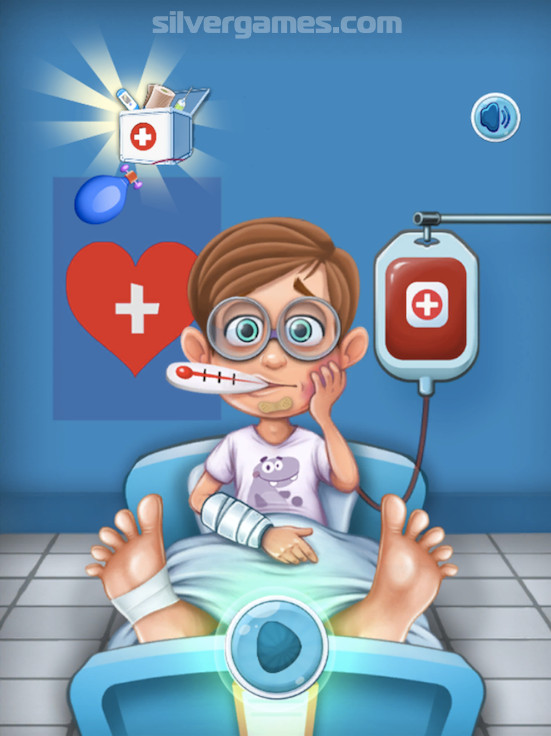
‘I was really looking to find an opportunity to work in an acute setting and be challenged by lots of different types of patients, but also to really get to know the patients and interact with them and their families,’ Cloe says. 'We take on any patient who is referred to us and is safe to be at home.' For example, if you catch someone who is going downhill and becoming unwell and you start a proactive treatment model with Hospital in the Home, then they’re less likely to end up in a ward bed requiring oxygen or requiring significant intervention.’īefore she began working within the Hospital in the Home service, Cloe worked in an inpatient team in the intensive care unit but wanted an opportunity to see children when they were a bit happier, and where she could interact with them in a more positive way. ‘We get involved a bit earlier than the traditional hospital model might and we aim to get children better sooner, and in turn, they won’t need quite as much intervention. ‘We try and integrate ourselves into their daily life,’ Cloe says. The program works to ensure that paediatric patients receive the best care while also being able to have the highest quality of life possible. Senior physiotherapist with the Hospital in the Home service, Cloe Benz, says its aim is to provide care equivalent to what children would receive in a hospital in a ward, but in their own place of residence or close to their home. Some major tertiary paediatric hospitals have a variation of the public health service but the concept is still relatively new.

The Hospital in the Home program is a community acute and post-acute care service operating at the Sydney Children’s Hospital and The Children’s Hospital at Westmead. Here she talks about the Hospital in the Home program with Skye Mitchell. Cloe Benz piloted the use of virtual treatment delivery, which was the first service in New South Wales to actively treat acutely unwell patients at home via telehealth.


 0 kommentar(er)
0 kommentar(er)
